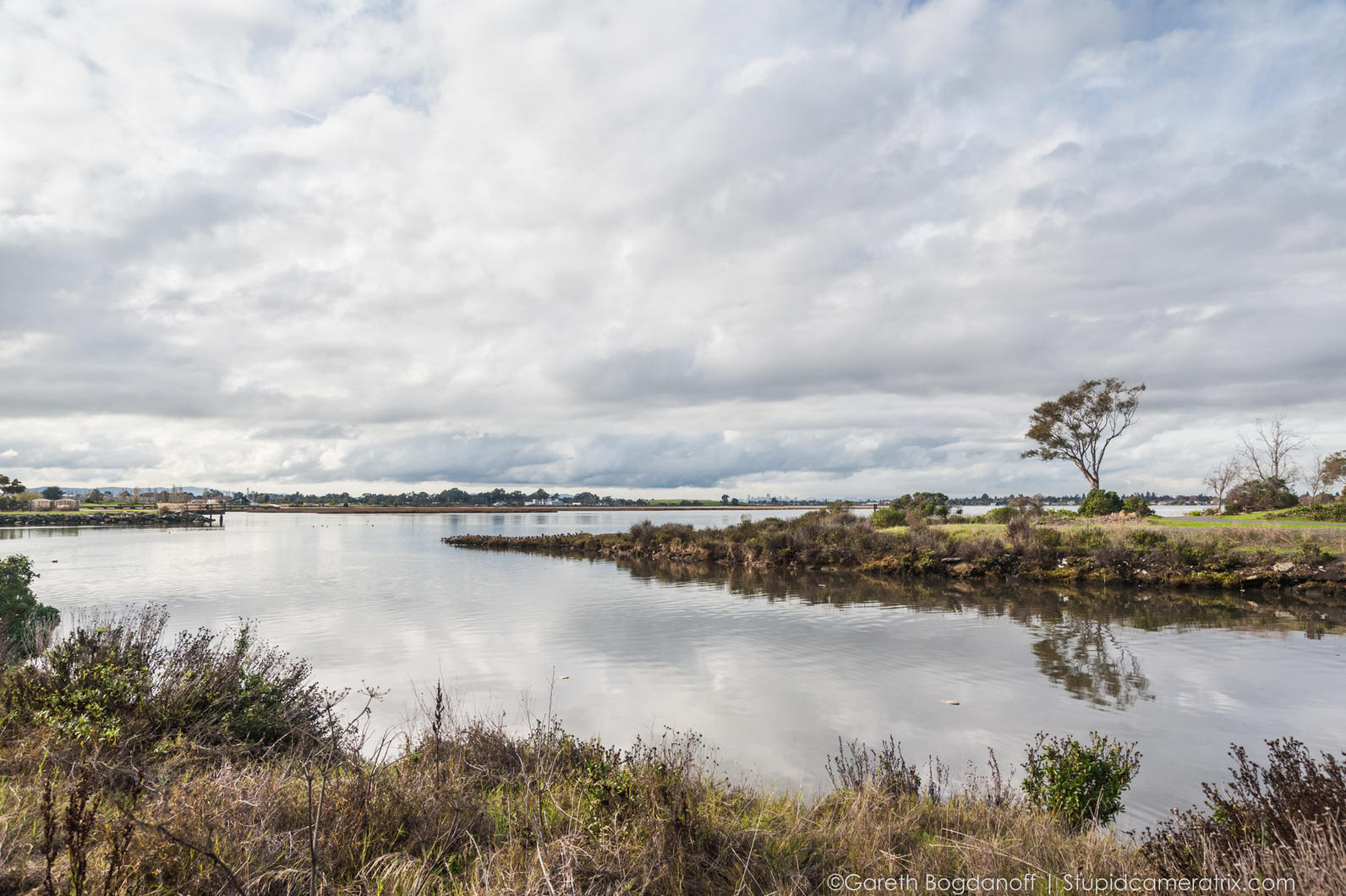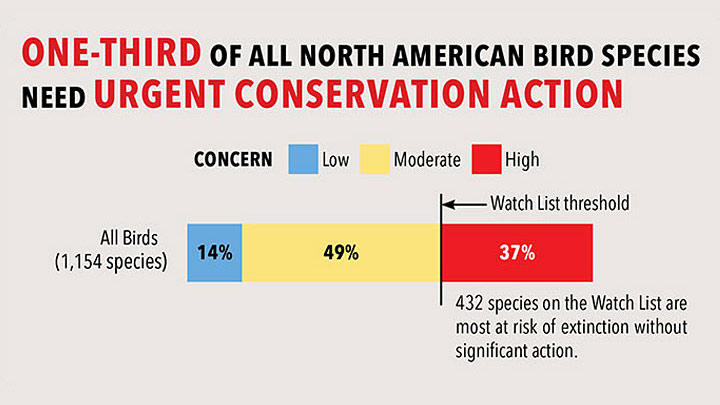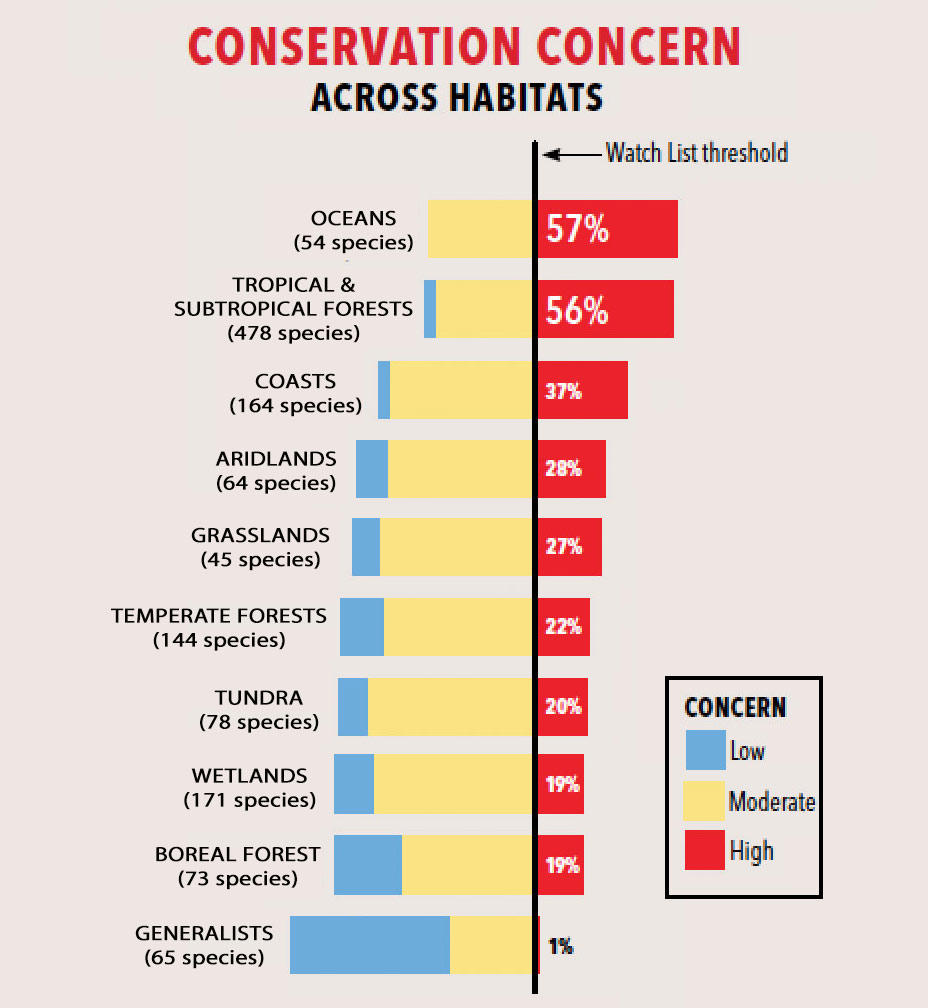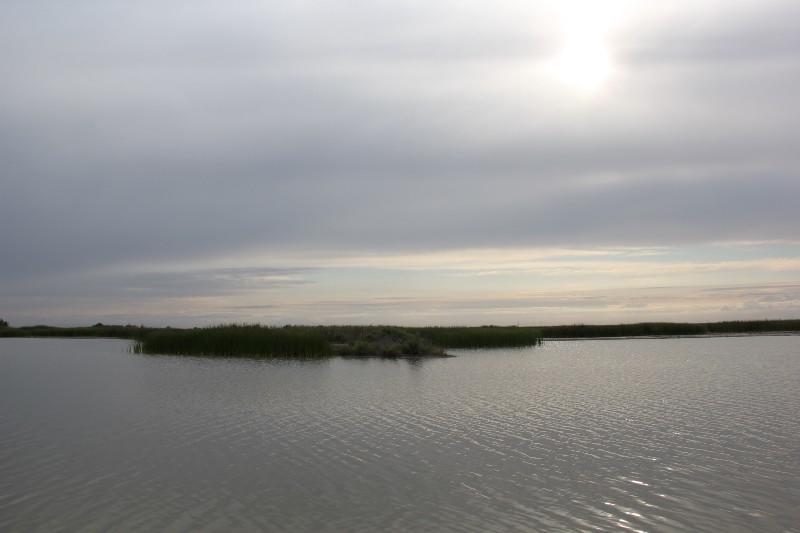Latest News and Updates from Audubon in California
California Condor. Photo: Scott Frier/USFWS
In response to s series of controversies surrounding the perceived undue influence that developers wield with the California Coastal Commission, the State Senate yesterday voted in favor of a ban on private, ex parte, communications between commissioners and people with business before the powerful appointed body. Audubon California supports the measure, Senate Bill 1190.
This is a photo of what is believed to be the very last California Quail living in San Francisco. It's breeding season, and this fellow has been calling out in the Botanical Gardens in Golden Gate Park but there is no female to respond. Just a reminder to be mindful of your outdoor pets and if you happen to spot this lone male, cherish the moment. Photo shared by Golden Gate Audubon Society and taken by Bob Gunderson.

Fascinating piece today in the Los Angeles Times about the growing concern over declining water levels in Lake Mead that, if they continue to fall, could trigger substantial water cuts in Arizona and New Mexico. Because of this pressure is growing on California users to reduce its use of Colorado River Water. You might recall recently that the Imperial Irrigation District, one of the primary users of water from the Colorado River, has said that will be uncomfortable with any agreement regarding Colorado River water unless the major issues of habitat conservation and dust mitigation at the Salton Sea are resolved.
"All the parties are under pressure to reach an agreement by the end of this year, before the current administration leaves office and the process has to start anew with new federal overseers. But the interstate complexities may pale in comparison with the difficulty of working out agreements among water users within each state. California's Imperial Irrigation District, which has the largest entitlement of Colorado River water, has balked at any agreement to preserve water levels in Lake Mead without a parallel agreement to preserve the Salton Sea. That huge inland pond has suffered as a result of earlier multi-billion-dollar deals by which the Imperial Irrigation District transferred water to San Diego, the MWD and other users.
The shrinkage of the sea already is an environmental and public health disaster. Withholding more water in Lake Mead without a rescue plan would be unacceptable, Imperial Irrigation District General Manager Kevin Kelley said recently. "The Salton Sea has always been the elephant in the room in these talks," he told the Desert Sun newspaper."

San Francisco Bay is vital to our economy and vital to our environment -- the physical center of the place we call home, argue Sen. Dianne Feinstein and The Gap Board Chairman Bob Fisher in today's Mercury News, as they call on Bay Area voters to pass Measure AA on June 7:
"Measure AA would provide the financial resources we need to restore thousands of acres of wetlands and provide natural flood protection for critical infrastructure on the shorelines. Levees could be built to facilitate these wetlands projects, while 25 miles of new trails would be put in place to improve recreational and open space access.
For the sake of future generations, we need to take this opportunity to preserve and protect the Bay we love. The time is now if we are to leave a lasting legacy to our children and grandchildren. Please join us in supporting Measure AA. Visit YesonAAfortheBay.com for more information or to sign up as a supporter."
Here's the first Starr Ranch Sanctuary House Wren chick leaving the bird box to see what the great big world has to offer.

One-third of North American birds need immediate conservation action, or they could face extinction, according to the 2016 State of North America's Birds report. According to the report, ocean birds and those in the tropical forests face the greatest danger. The National Audubon Society was one of many conservation organizations and government agencies partnering on the study.


NRCS California reports that the Tricolored Blackbird population at Atwell Island, a restoration project run by NRCS in conjunction with Bureau of Land Management, has grown to 4,000 birds. Read their Medium story on the colony's success. It is encouraging to see other groups working hard, and seeing results in their efforts to save this imperiled bird.
Our newsletter is fun way to get our latest stories and important conservation updates from across the state.
Help secure the future for birds at risk from climate change, habitat loss and other threats. Your support will power our science, education, advocacy and on-the-ground conservation efforts.
Join the thousands of Californians that support the proposed Chuckwalla National Monument.